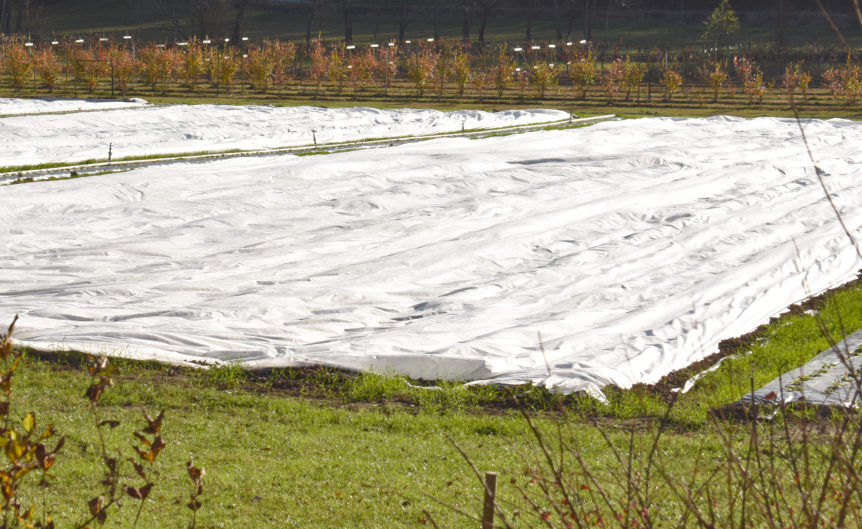
By Clint Thompson
An expensive but effective management solution for whiteflies involves vegetable farmers implementing row covers. They can be used to protect the crop for the first couple of weeks of the season, delaying whitefly feeding.
It can be a vital management decision, though the economics of its implementation still need to be improved, says Stormy Sparks, University of Georgia (UGA) Cooperative Extension vegetable entomologist
“It’s a lot of labor. It’s a lot of equipment. Row covers are not cheap,” Sparks said. “You got to put them out there. You’ve got to get them off in a timely manner, so the bees can get in and pollinate the crop.”
What are Row Covers?
According to UGA Extension, row covers are “simply miniature greenhouses placed directly over the row of crops.” Producers mostly implement row covers to protect plants from the adverse effects of cold winds and frost. Sparks has proven they are effective against pests, like whiteflies.
He has studied the impact of planting squash and leaving row covers on the crop until the first week of bloom, which is about two weeks into the growing season. While the practice has added increased labor expenses, it can be a difference maker for producers hampered by whitefly pressure.
“If they’re transplanting squash, and we’ve done that with Lewis Taylor Farms; we’ve gone out on their fields and done row covers. They transplant, we row cover immediately and then take them off in two weeks,” Sparks said. “It’s a lot of labor in a very short time and very short benefit, but under the right situation, it’s very beneficial.”
Whitefly impact in a crop can be a lot different after a couple of weeks compared to a couple of days.
“It’s a very big difference with viruses. The earlier a plant gets a virus the greater the impact,” Sparks said.










